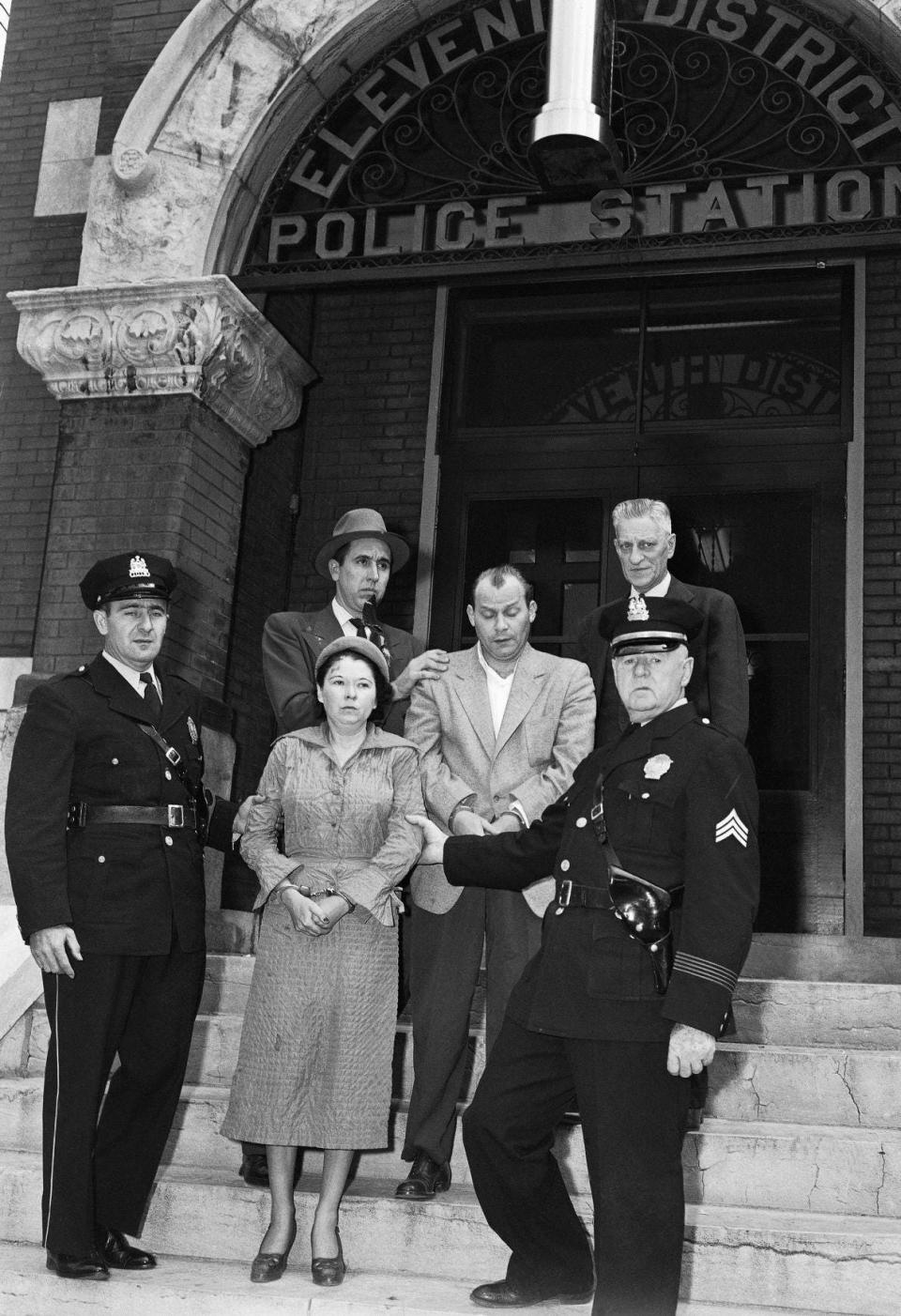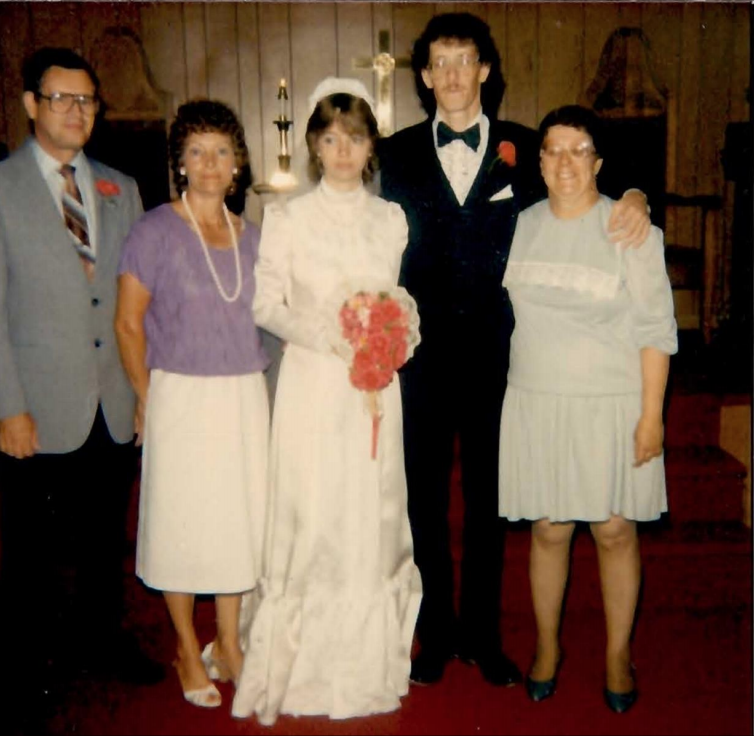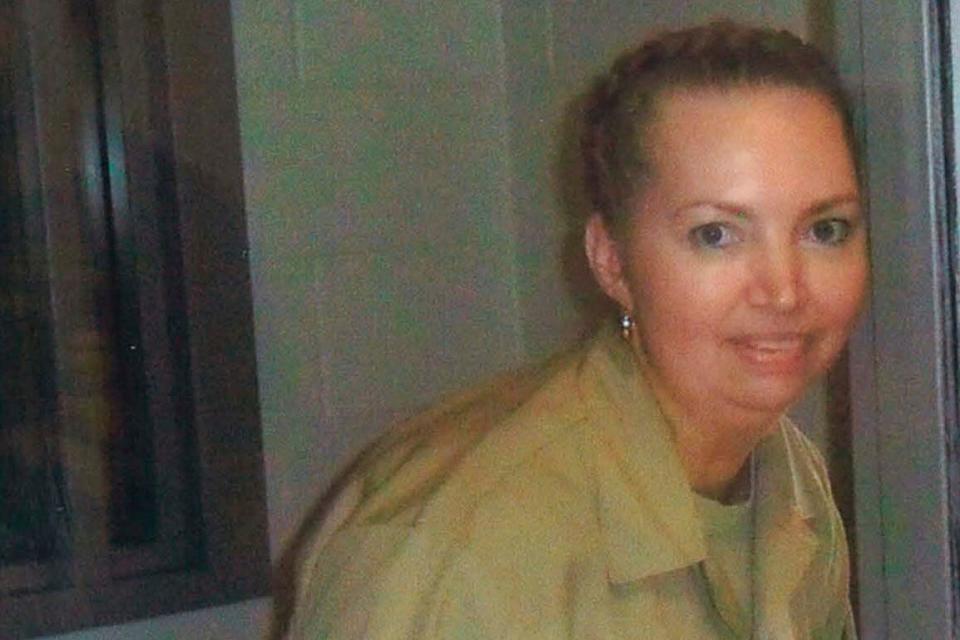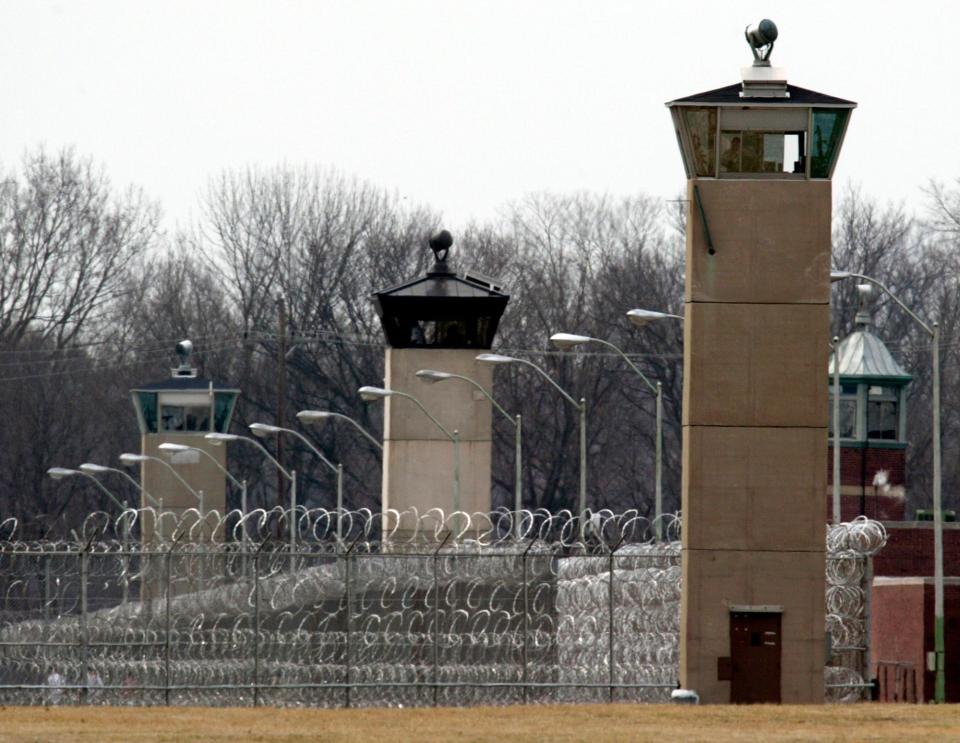The US has not executed a woman in 67 years. That could change with Lisa Montgomery
It's been nearly 70 years since the United States executed a woman.
Bonnie Brown Heady was put to death in a gas chamber Dec. 18, 1953, after pleading guilty to her role in the kidnapping and murder of Bobby Greenlease, the 6-year-old son of a multimillionaire auto dealer in Kansas City, Missouri.
Her co-conspirator, Carl Hall, who police said shot the child, was also executed.
Sixty-seven years later, the federal government plans to execute another woman.
Lisa Montgomery was convicted of killing pregnant Bobbie Jo Stinnett, 23, in a northwest Missouri town in December 2004. Montgomery strangled Stinnett, cut open her abdomen with a kitchen knife and removed the fetus, which survived.
Montgomery was scheduled to be executed Tuesday, but a court ruling threw that date into question unless the Terre Haute, Indiana, penitentiary that houses federal death row abides by stricter COVID-19 precautions or another judge intervenes.

Montgomery's execution: Here's what you need to know
Montgomery would be the third woman executed by the federal government since 1900, along with Heady and Ethel Rosenberg, who was executed in June 1953 for trying to deliver war secrets to the Soviet Union.
Women account for less than 4% of the nearly 16,000 executions carried out in the USA since the 1600s, according to the Death Penalty Information Center.
"Any time a woman is being executed, it is out of the ordinary," said Richard Dunham, executive director of DPIC.
Out of 14 other cases in which a woman killed a pregnant woman with the intent of taking the unborn child, only one was sentenced to death, and that sentence was commuted to life, according to the Cornell Center on the Death Penalty Worldwide.
More: Details on the case of Bonnie Brown Heady

Few women sentenced to death
The type of crimes eligible for the death penalty, such as murder with aggravating circumstances, are most often committed by men, Dunham said.
According to FBI data, 12% of people arrested for murder or non-negligent manslaughter in 2019 were women.
Even fewer women are sentenced to death. From 1973 to 2018, women accounted for 2.1% of all people who received a death sentence, federally and at the state level.
As of Jan. 1, there were 53 women and 2,567 men on death rows, according to the NAACP Legal Defense and Educational Fund.
A study in 2011 showed gender bias in death sentencing, concluding from a review of 1,300 murder cases in California that "because women are stereotyped as weak, passive, and in need of male protection, prosecutors and juries seem reluctant to impose the death penalty upon them.”
Dunham said the rarity of women being sentenced to death or executed might be in part because of mitigating circumstances, or those factors weighed by a court in the defendant's favor. Those include a history of abuse and severe mental illness, factors experts said are often shared by women who commit capital crimes.
"It doesn't necessarily mean that the death penalty discriminates in favor of women, but there are a number of factors that lead to a small percentage of death row being women," Dunham said.
According to a study published in 2017 by the Bureau of Justice Statistics, 66% of female prisoners had a history of mental illness, compared with 35% of men.
According to advocates and her attorneys, Montgomery was born with brain damage, and beginning when she was a child, she was molested, raped, beaten and trafficked.

That did not sway the jury away from the death penalty.
A 'violation of true womanhood'
Kelley Henry, Montgomery's federal public defender, said Montgomery's trial attorney failed to understand and present her history of abuse and mental illness to the jury.
Henry said the attorney mistakenly leaned into gender norms and tried to paint Montgomery as "a very traditional good mother." Montgomery had four children.
Prosecutors used Montgomery's mental illness "that caused her to not be able to function to prove that she wasn't a good woman, she wasn't a good wife, she didn't fulfill these gender norms," Henry said. That gave the prosecution a window to disprove her fitness as a mother.
"So (the prosecutor) tried to play into a generalization, and say she fit it, which of course she didn't," Henry said.

Susan Sharp, a sociology professor at the University of Oklahoma who studies women and the death penalty, said it's not uncommon for attorneys, specifically prosecutors, to play into gender norms when women are on trial.
"If you read the arguments made by prosecutors in their closing arguments in cases where they're seeking the death penalty for a woman, that's a very common thing to argue," Sharp said, "that not only did they commit a serious crime, but that it was a violation of true womanhood in a very Victorian sense."
Lisa Montgomery faces execution Tuesday: Here is her story
‘Let it be done’: Bobbie Jo Stinnett’s hometown waits as killer’s execution date nears
Sharp pointed to the case of Wanda Jean Allen, who was executed by Oklahoma in 2001 for murdering her longtime girlfriend, as another example. Allen was Black, gay and had cognitive deficiencies.
Sharp said the prosecutor in Allen's case "argued very clearly that she shouldn't be treated as a woman because she was a lesbian and she was 'the male' in the relationship."
"She had everything working against her," Sharp said. "And I think that when you see a woman end up on death row, usually that's what's happening. They're easy pickings."

'We do not make excuses'
Sharp said the "pretty horrendous histories" of women on death row don't excuse the crimes but rather offer an explanation: "Not saying that we should just say, 'Oh, you poor thing,' but we need to take it into account and get them help. We failed prior to a crime ever being committed."
If Montgomery is executed at the federal penitentiary in Terre Haute, Indiana, she would become the 11th federal inmate put to death since the Department of Justice resumed executions in July after a nearly 20-year hiatus.
"We do not mean to suggest that Mrs. Montgomery should not be punished," attorneys wrote in a clemency petition to President Donald Trump. "She should. We do not make excuses for her actions. Everything about this case is overwhelmingly sad. As human beings we want to turn away. It is easy to call Mrs. Montgomery evil and a monster, as the Government has.
"She is neither."
Contributing: Mariah Timms, The (Nashville) Tennessean
Contact IndyStar reporter Elizabeth DePompei at edepompei@indystar.com. Follow her on Twitter: @edepompei.
This article originally appeared on Indianapolis Star: Lisa Montgomery's execution looms, would be first woman in 67 years
